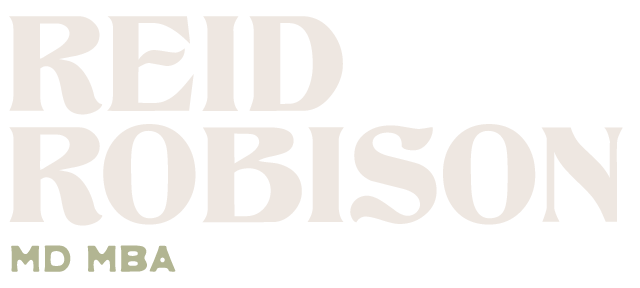The Good Friday Experiment
Today, Boston University students buzz past Marsh Chapel on their way to and from campus, mostly unaware of the significant historical event that occurred decades earlier in the basement of this campus landmark. On April 20th, 1962, as Howard Thurman, preacher and Dean of Chapel led a rousing Good Friday service, just below the chapel, a groundbreaking study was being conducted—a study involving magic mushrooms and theology students.
Supervised by Harvard psychologists Timothy Leary and Richard Alpert, and designed by Walter Pahnke, a graduate at Harvard Divinity School, the goal of this experiment was to discover whether psilocybin (the active ingredient in magic mushrooms) can cause individuals, in the right environment, to have religious experiences.
Sitting below the chapel, with Thurman’s eloquent sermon and the organ’s hymns echoing off the walls, twenty undergraduate theology students began the experiment, a placebo-controlled double-blind study. Half received a placebo pill and the remaining 10 received the experimental psilocybin pill. For those who received psilocybin, reality gently melted away and over the course of an hour, the world became a sea of technicolor visuals, dissociation, and profound internal reflection.
Mike Young, one of the ten who took psilocybin, described what he saw saying “there were bars of color and I was floating through them and they were floating through me–and it was just glorious. The bars of color then resolved into a wheel, and I was at the center. There was a different color going out from me in every possible direction… I realized I had to swim out one of those color bars. Each of those color bars would be a whole different life experience… I had to choose one, and I couldn’t. It was very painful, it felt like my insides were being ripped out of me, and I died.”
Prior to this experience, Young had been experiencing doubts about entering the ministry. But the spirituality of his trip ultimately led him to make the decision to become a minister and he went on to serve a Unitarian Universalist Reverend for 50 years.
Young’s experience, one colored with profound religious inspiration, was strikingly similar to the others who received psilocybin beneath the chapel that day. Huston Smith, another psilocybin recipient, later called the experience "the most powerful cosmic homecoming I have ever experienced.” Even 25 years down the road, a follow-up of the experiment reported that all the subjects given psilocybin except one described their trips as having "a genuine mystical nature and characterized it as one of the high points of their spiritual life.”
Of the ten who received the experimental psilocybin pill, nine later went on to become ministers. On the other hand, none of the students who were given placebo made the decision to enter the ministry.
So does this experiment prove psychedelics truly can induce powerful religious experiences—so much so that people will make life-changing decisions based off those experiences? While we cannot fully make that conclusion with such a small sample size and a group of participants who were obviously already religiously inclined, we do know that mystical or spiritual experiences are not uncommon elements of psychedelic trips.
Soon after April 20th, 1962, similar psychedelic research came to an abrupt halt. In 1970, Congress outlawed psilocybin along with all other psychedelic drugs and a year later psychedelics were banned from being used in research. Part of the significance of The Good Friday Experiment is due to the fact that it was one of the last experiments of its kind for decades.

